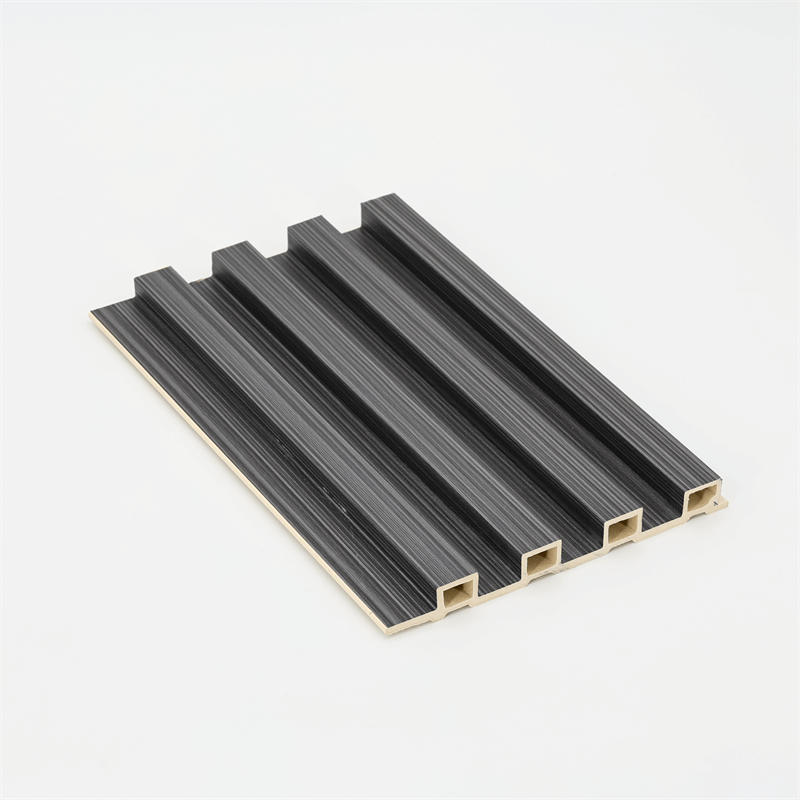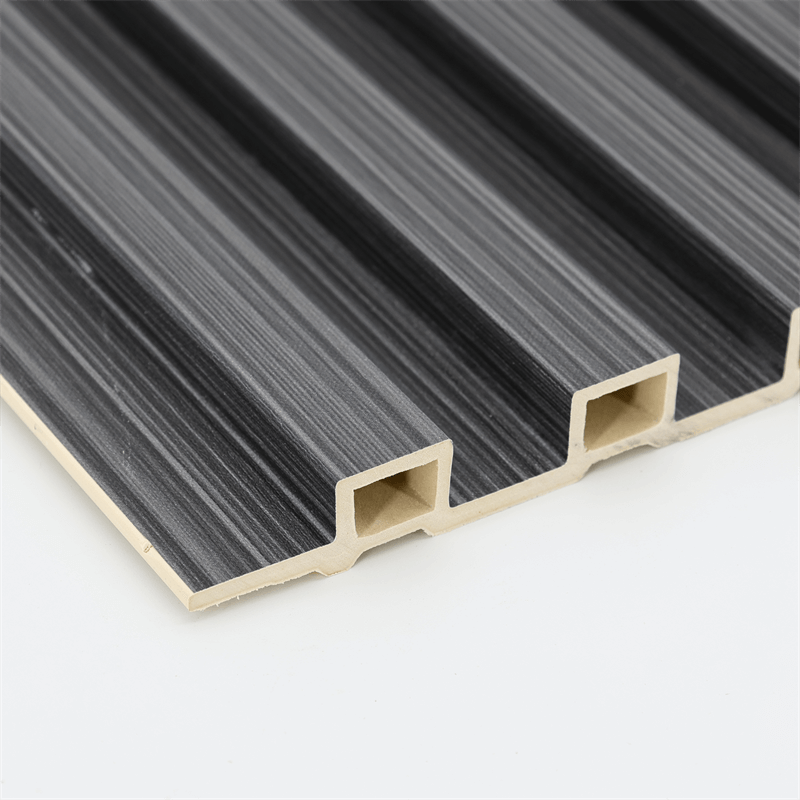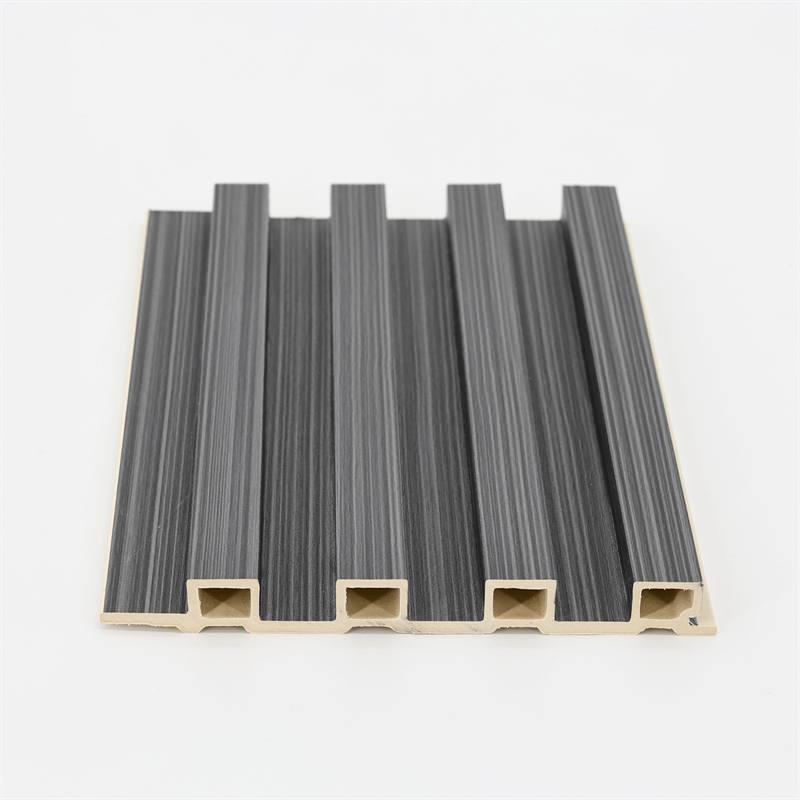
In the pursuit of sustainable construction materials, the world has witnessed a remarkable transformation in the building industry.
With the ever-increasing focus on reducing environmental impact, architects and engineers are now seeking alternative materials that offer both strength and eco-friendliness.
One such innovation that has gained significant attention is the Wood-Plastic Composite (WPC) sandwich panel.
Combining the best attributes of wood and plastic, WPC sandwich panels present a compelling solution for sustainable building practices.
In this article, we will delve into the various benefits of WPC sandwich panels and explore their role in revolutionizing the construction industry.
WPC sandwich panels, a versatile and environmentally friendly building solution, have garnered attention due to their exceptional properties.
These panels offer excellent thermal and acoustic insulation, lightweight construction, durability, and resistance to environmental factors.
Moreover, they effectively reduce the dependence on traditional materials like wood and metal, thus promoting sustainable construction practices.
As we explore the benefits of WPC sandwich panels, it becomes evident that they hold immense potential in shaping a greener and more efficient future for the construction industry.
Enhanced Sustainability: A Green Approach to Building
The primary advantage of WPC sandwich panels lies in their eco-friendliness.
These panels are composed of wood fibers sourced from sustainable forestry and recycled plastic materials.
By diverting waste plastic from landfills and reducing the demand for virgin wood, WPC sandwich panels actively contribute to environmental conservation.
Additionally, their manufacturing process consumes less energy compared to conventional materials, making them a preferred choice for sustainable construction projects.

Superior Insulation Properties: Energy Efficiency Redefined
WPC sandwich panels are designed to offer excellent thermal and acoustic insulation, making them ideal for energy-efficient buildings.
The insulating properties of these panels significantly reduce heat transfer, keeping interiors cooler in hot climates and warmer during colder months.
Consequently, buildings constructed with WPC sandwich panels consume less energy for heating, ventilation,
and air conditioning (HVAC) systems, leading to substantial energy savings and lower carbon emissions.
Lightweight Construction: Simplifying Design and Installation
The lightweight nature of WPC sandwich panels provides various benefits during construction.
As compared to traditional building materials, these panels are easier to transport, handle, and install.
Their reduced weight simplifies the construction process, which can lead to shorter project timelines and lower labor costs.
Additionally, WPC sandwich panels can be easily customized and cut to specific dimensions, allowing for versatile design possibilities and reducing material wastage.

Durability and Resistance: Prolonging Building Lifespan
WPC sandwich panels boast exceptional durability and resistance to various environmental factors.
Unlike conventional wood, they are impervious to rot, insects, and decay, making them highly suitable for outdoor applications.
Moreover, these panels are resistant to moisture, mildew, and UV radiation, ensuring a prolonged lifespan even in harsh weather conditions.
As a result, buildings constructed with WPC sandwich panels require less frequent maintenance and have an extended service life, further contributing to sustainable building practices.
The rise of WPC sandwich panels represents a paradigm shift in sustainable construction.
Their innovative combination of wood and plastic not only reduces environmental impact but also offers a plethora of benefits for building projects.
From enhanced sustainability and superior insulation properties to lightweight construction and exceptional durability, these panels are a game-changer for the construction industry.
As architects, engineers, and policymakers continue to prioritize sustainable building solutions,
WPC sandwich panels are poised to play a significant role in creating a greener and more sustainable future for generations to come.
